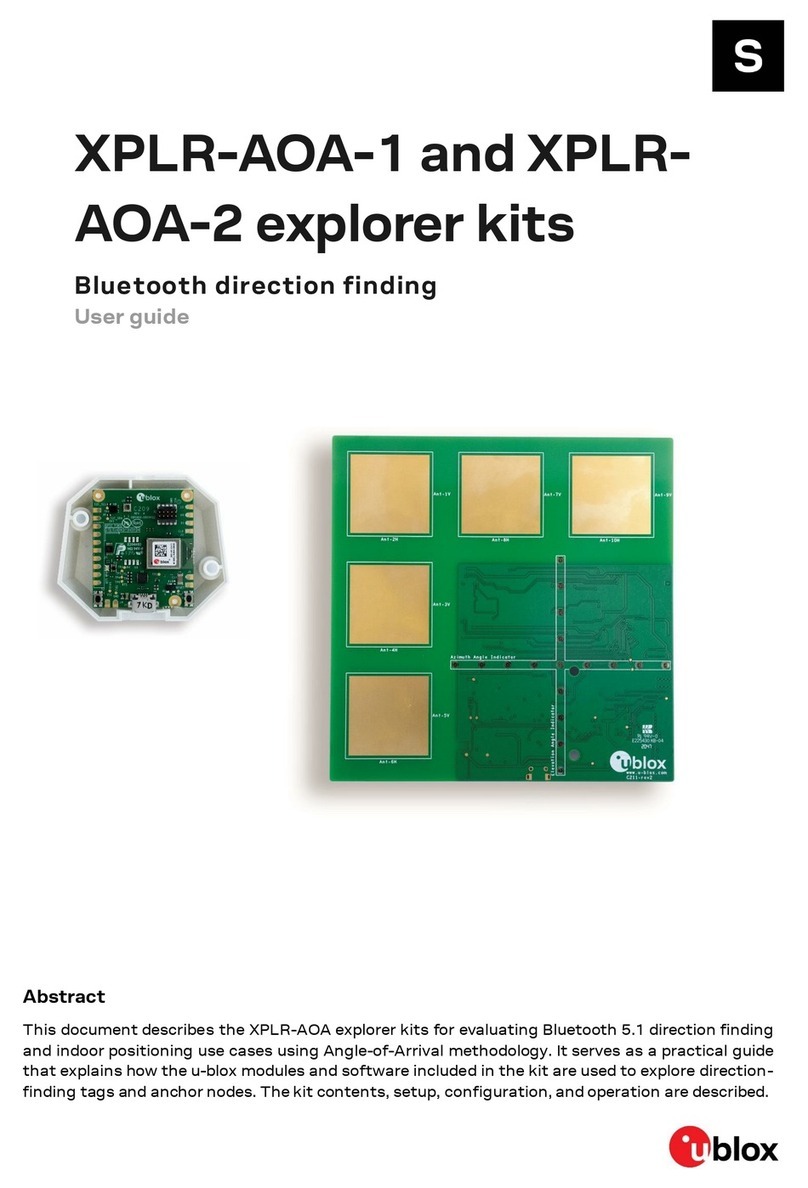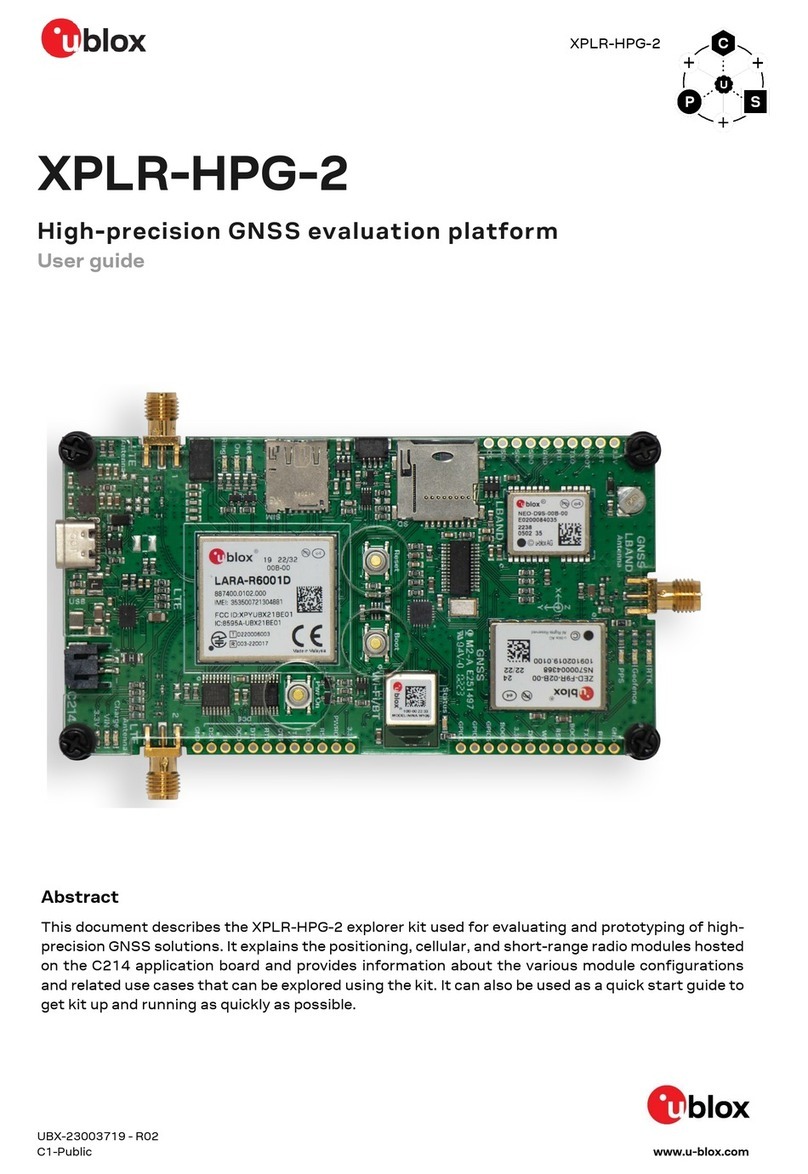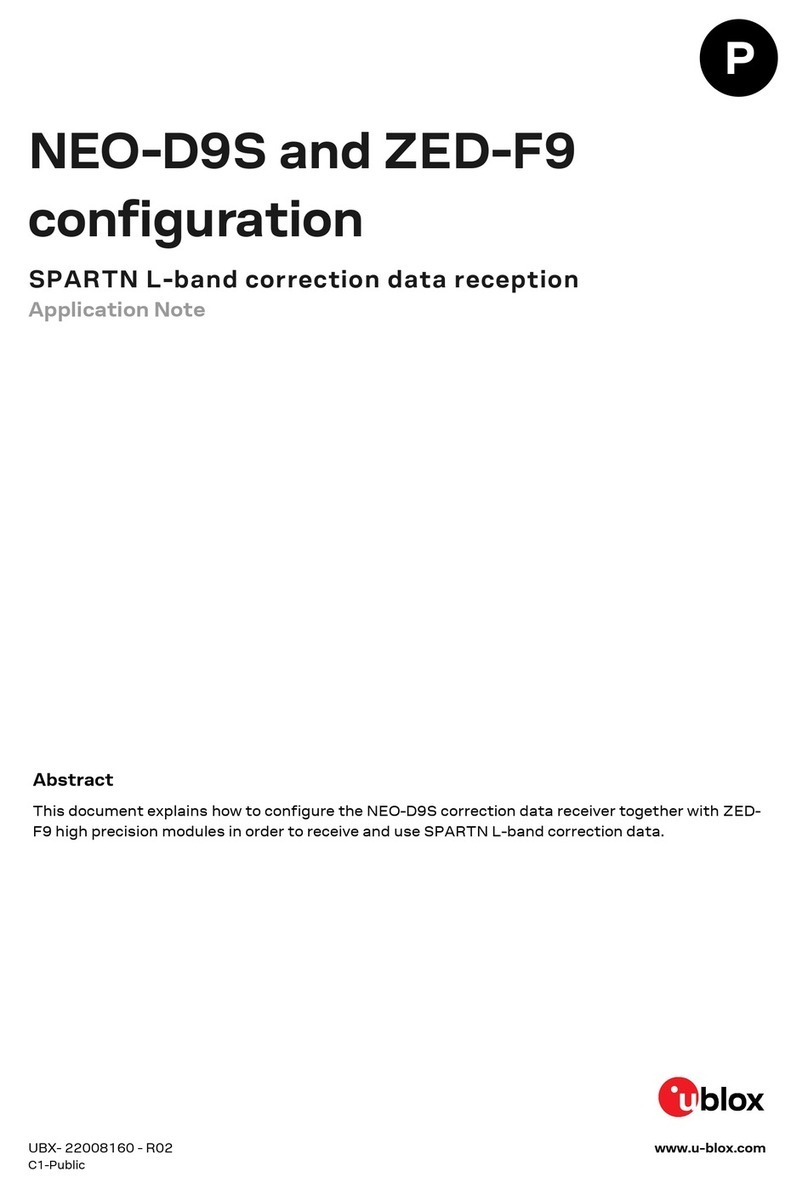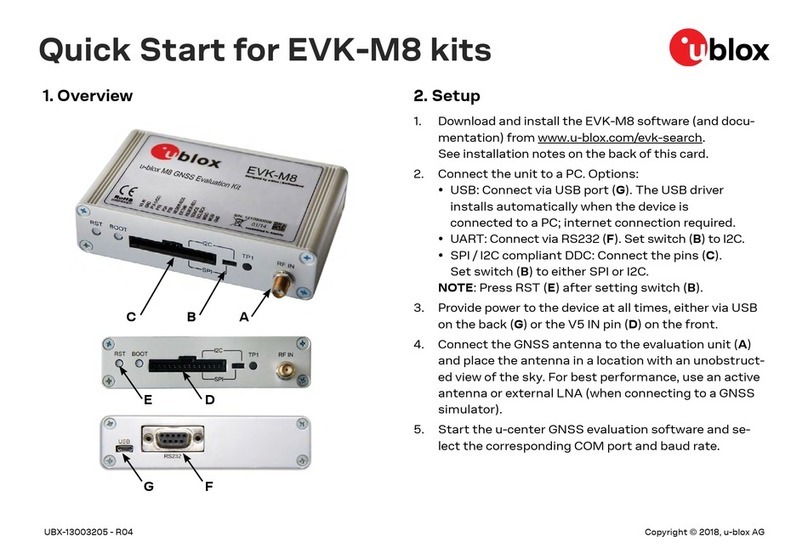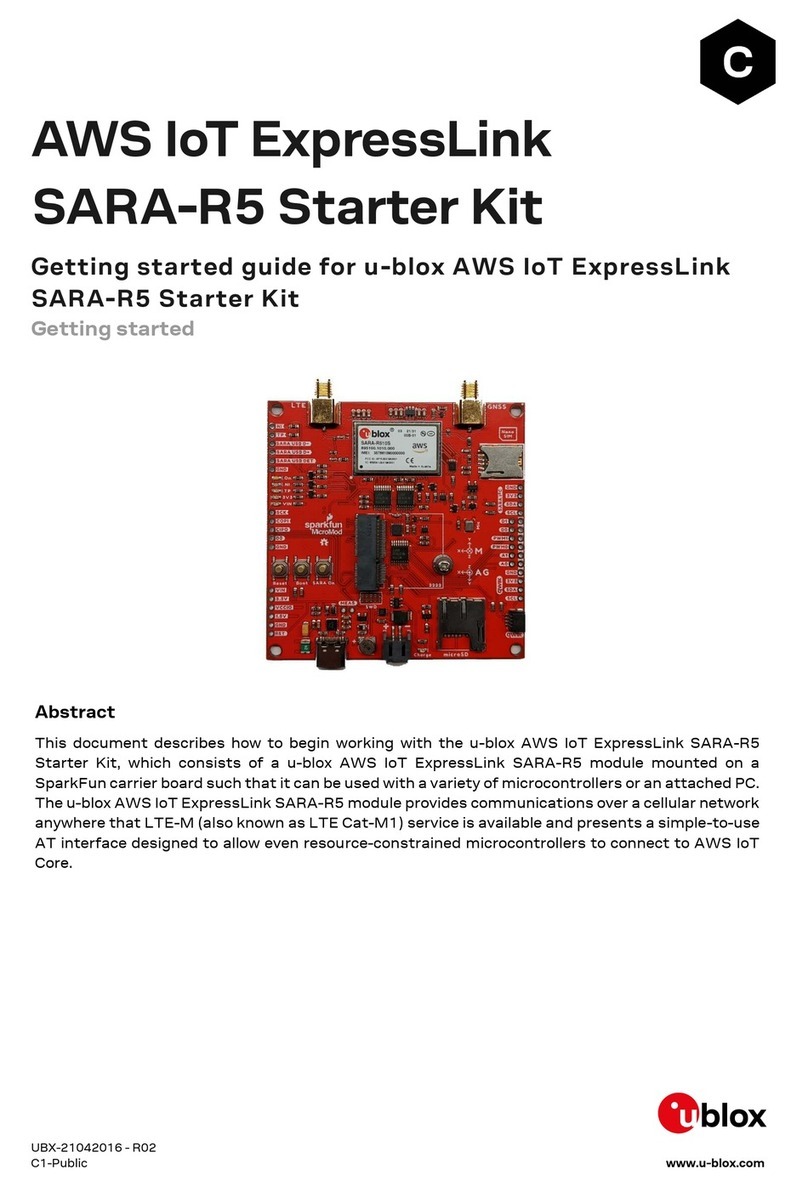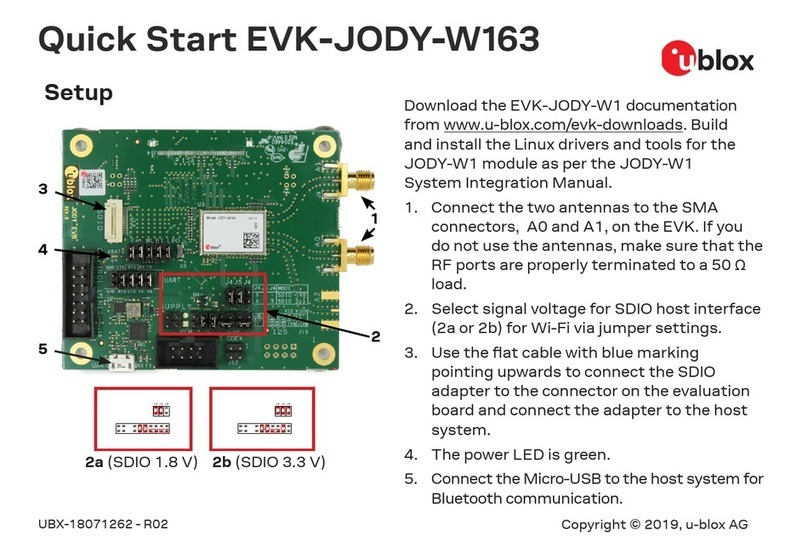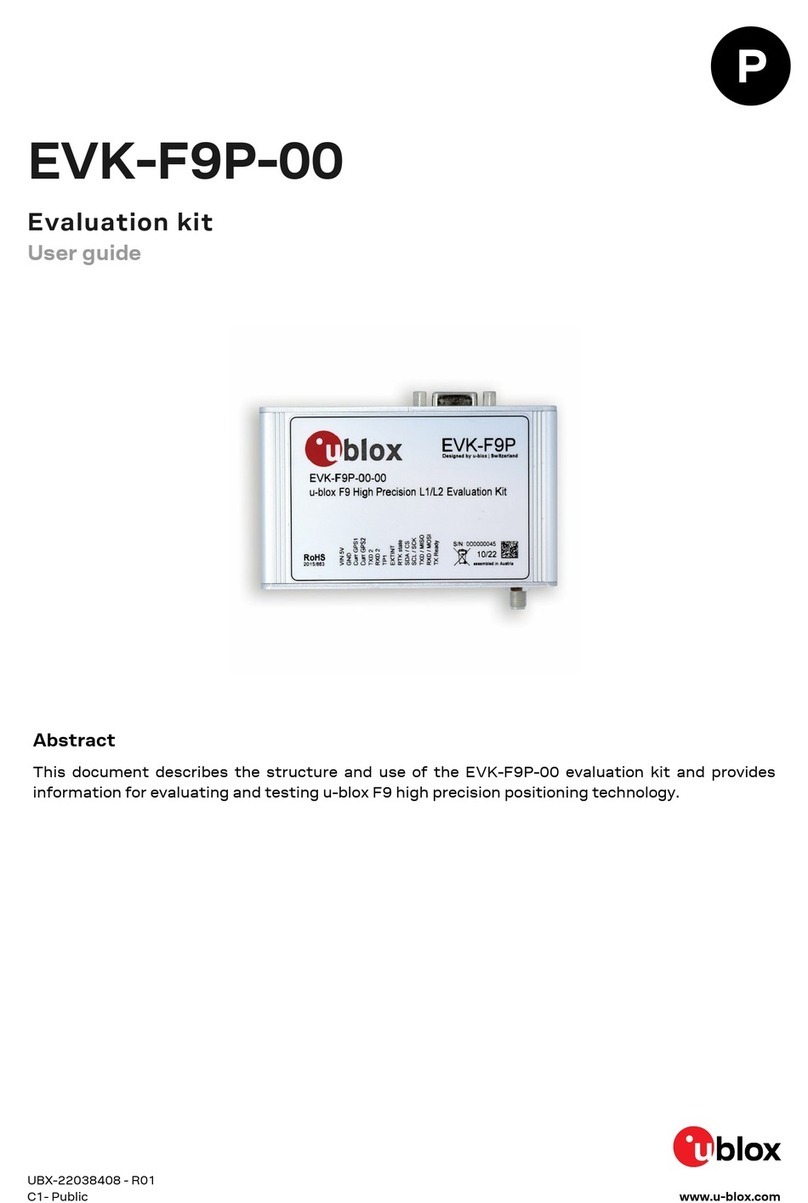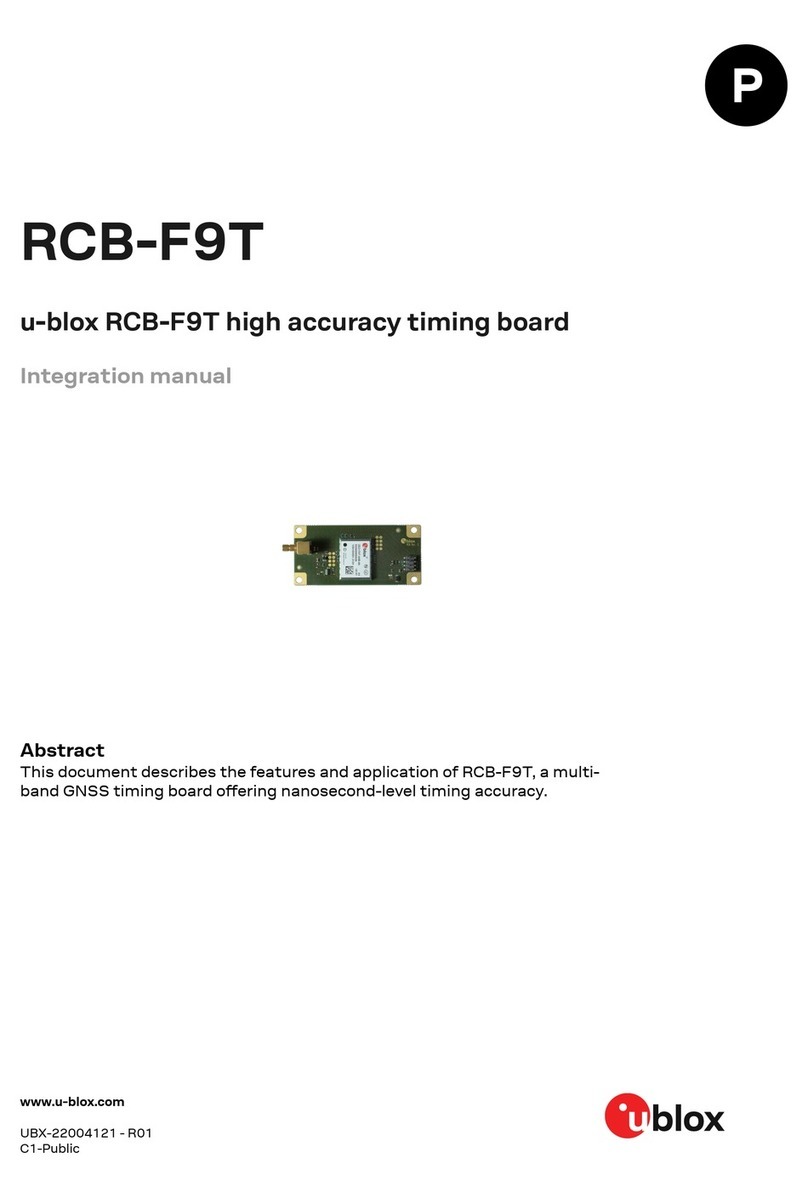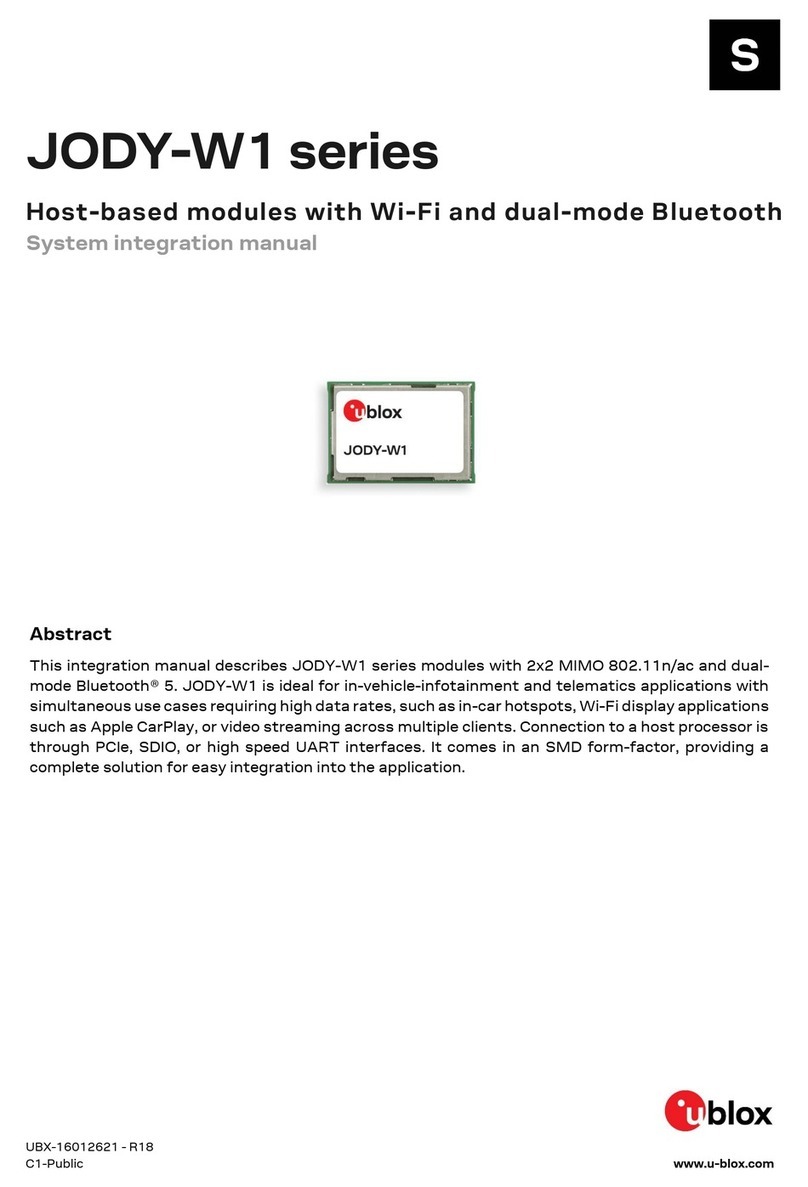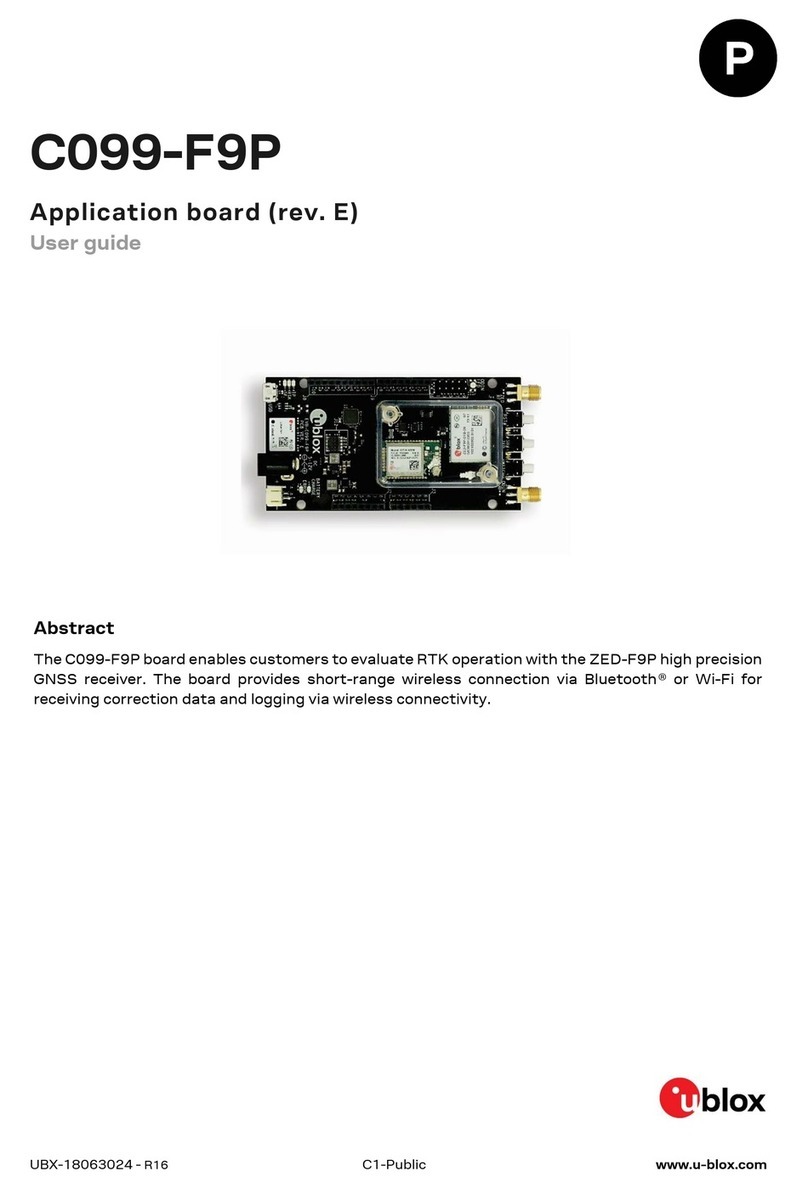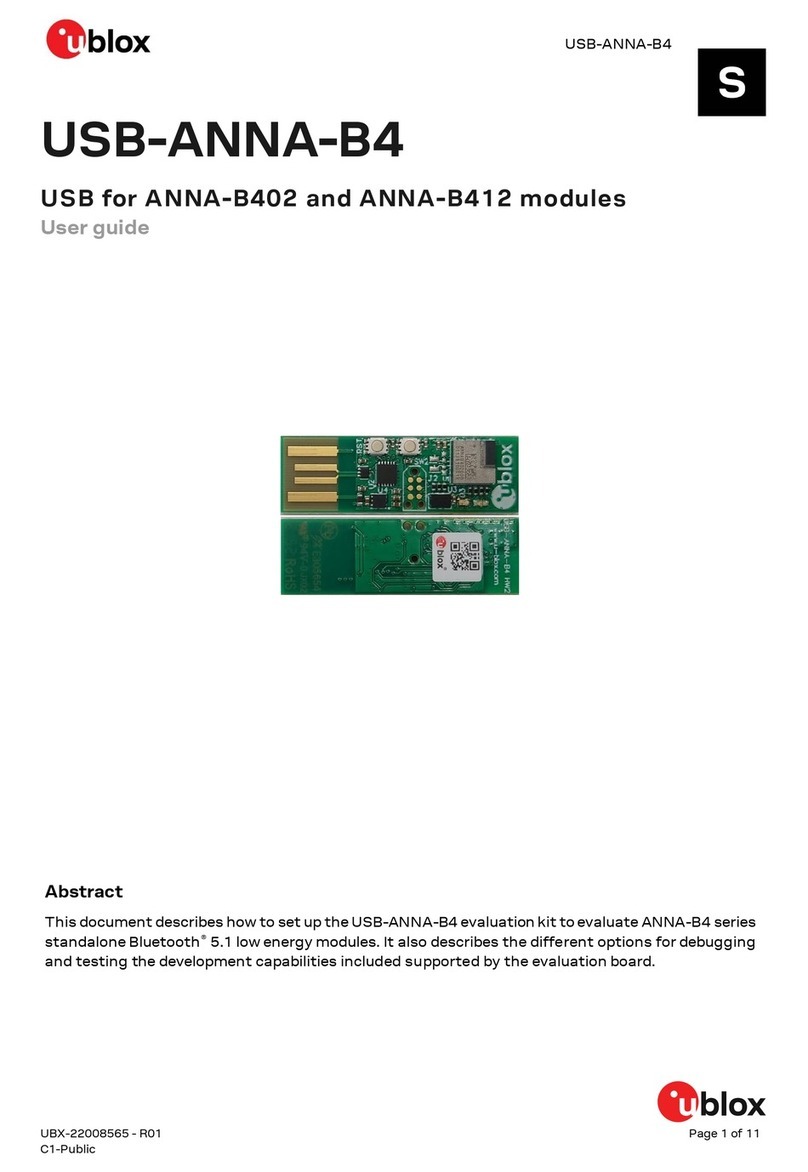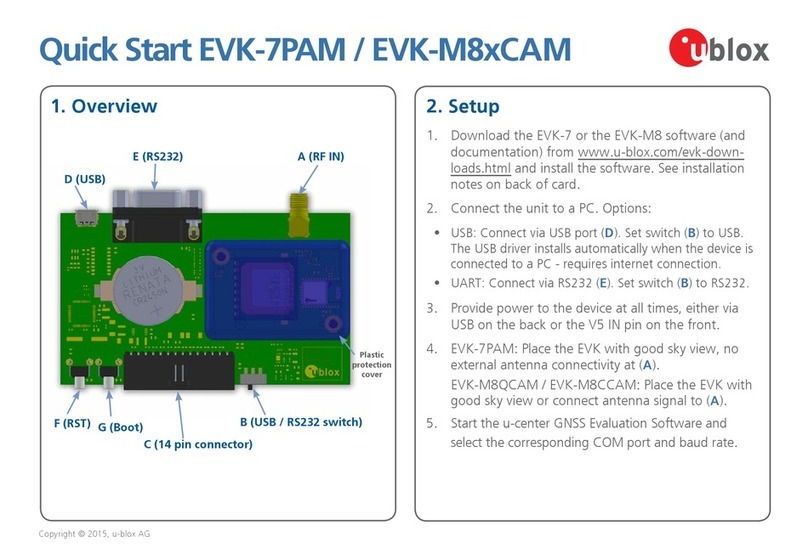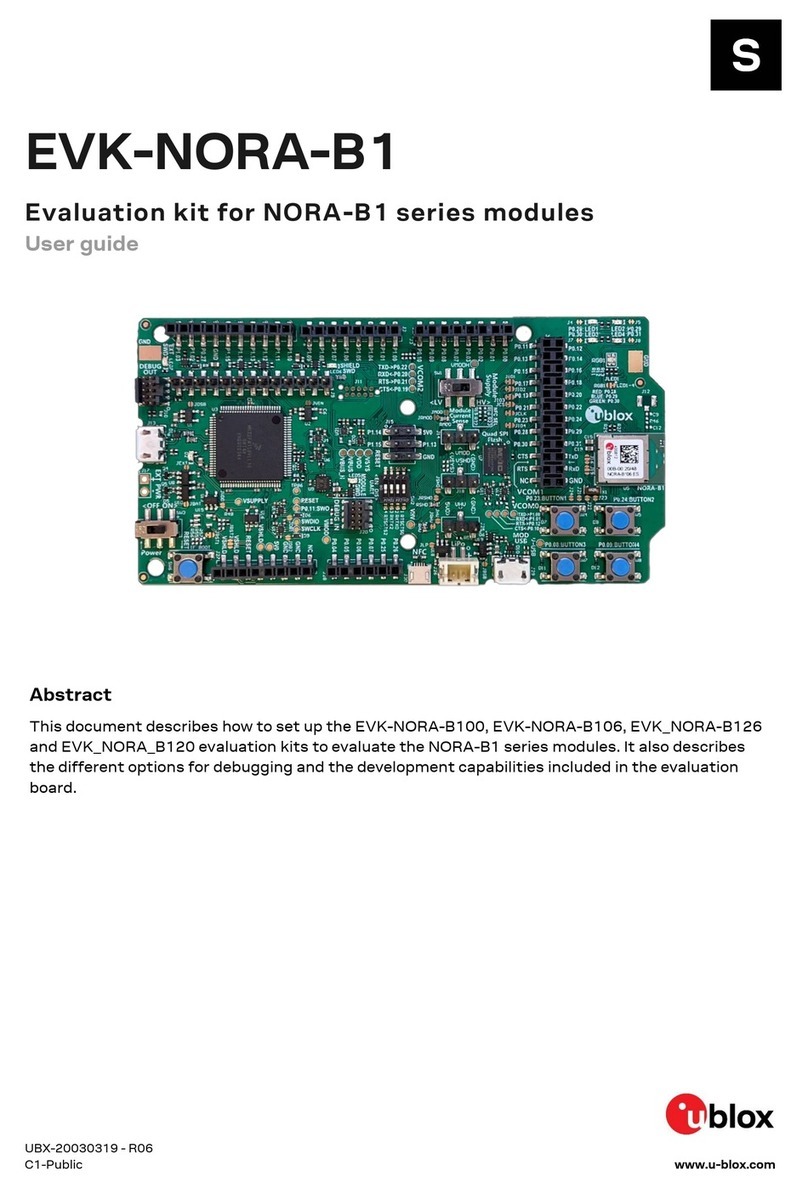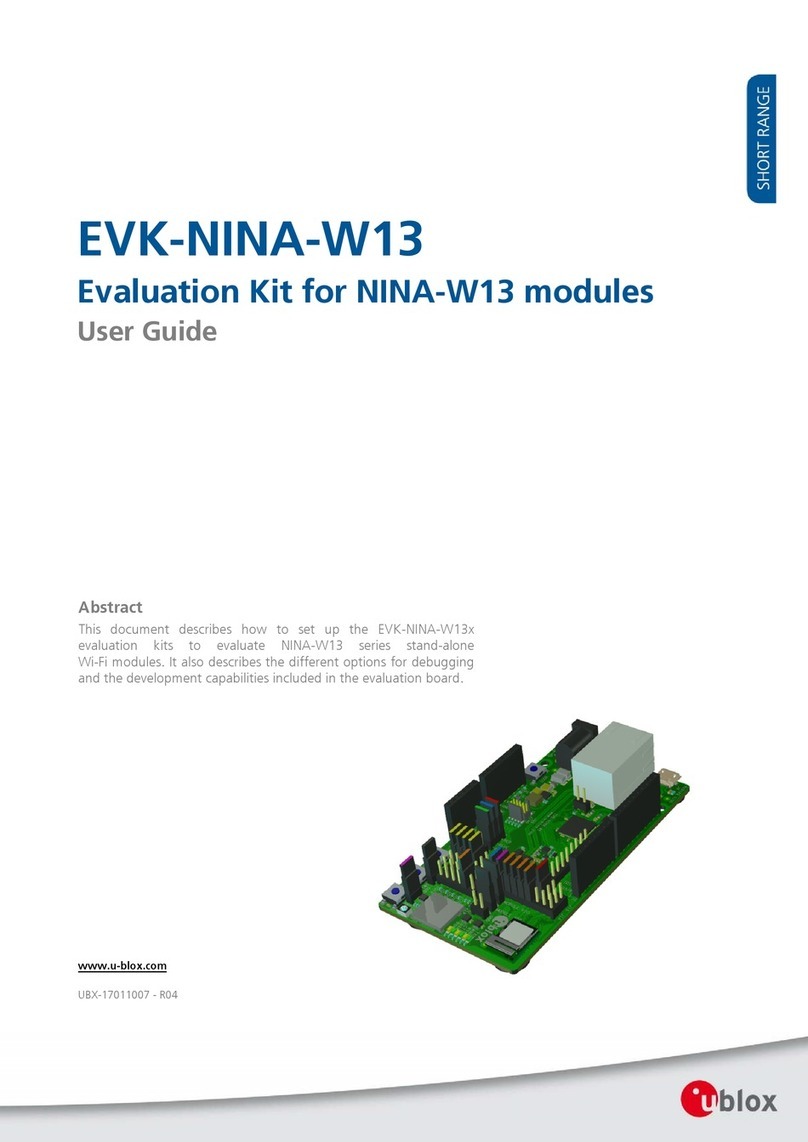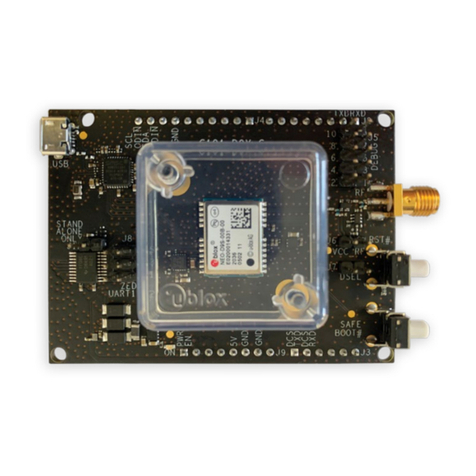LENA-R8 series - System integration manual
UBX-22015376 - R02 Contents Page 4 of 116
C1-Public
1.17 GNSS serial communication interface .................................................................................................31
1.17.1 GNSS UART interface ..................................................................................................................31
1.18GNSS Peripheral Input/Output...............................................................................................................31
2Design-in................................................................................................................................................ 32
2.1 Overview......................................................................................................................................................32
2.2 Cellular power management...................................................................................................................33
2.2.1 Cellular supply input (VCC) .........................................................................................................33
2.2.2 Cellular RTC supply (V_BCKP) ....................................................................................................47
2.2.3 Cellular interface supply output (V_INT)..................................................................................48
2.3 Cellular system functions interfaces....................................................................................................49
2.3.1 Cellular power-on (PWR_ON)......................................................................................................49
2.3.2 Cellular reset (RESET_N).............................................................................................................49
2.4 Antenna interfaces...................................................................................................................................50
2.4.1 General guidelines for antenna interfaces ..............................................................................50
2.4.2 Cellular antenna RF interface (ANT).........................................................................................54
2.4.3 GNSS antenna RF interface (ANT_GNSS)...............................................................................58
2.4.4 Cellular and GNSS RF coexistence ............................................................................................62
2.4.5 Cellular antenna detection interface (ANT_DET) ..................................................................64
2.4.6 Cellular antenna dynamic tuning interface (RFCTRL1 / RFCTRL2)...................................66
2.5 Cellular SIM interface...............................................................................................................................67
2.6 Cellular serial communication interfaces ............................................................................................74
2.6.1 Cellular UART interfaces .............................................................................................................74
2.6.2 Cellular USB interface ..................................................................................................................79
2.6.3 Cellular I2C interface ....................................................................................................................81
2.7 Cellular audio interface ............................................................................................................................84
2.7.1 Cellular digital audio interface....................................................................................................84
2.8 Cellular General Purpose Input/Output (GPIO)....................................................................................87
2.9 Reserved pins (RSVD) ..............................................................................................................................88
2.10GNSS power management......................................................................................................................88
2.10.1 GNSS supply input (VCC_GNSS) ...............................................................................................88
2.10.2 GNSS backup supply input (VBCKP_GNSS)............................................................................89
2.11GNSS serial communication interface .................................................................................................90
2.11.1 GNSS UART interface ..................................................................................................................90
2.12GNSS Peripheral Input/Output...............................................................................................................90
2.13Module placement ....................................................................................................................................91
2.14Module footprint and paste mask .........................................................................................................92
2.15Thermal guidelines ...................................................................................................................................93
2.16Schematic for LENA-R8 series module integration...........................................................................94
2.17Design-in checklist....................................................................................................................................96
2.17.1 Schematic checklist .....................................................................................................................96
2.17.2 Layout checklist ............................................................................................................................97
2.17.3 Antenna checklist .........................................................................................................................97
